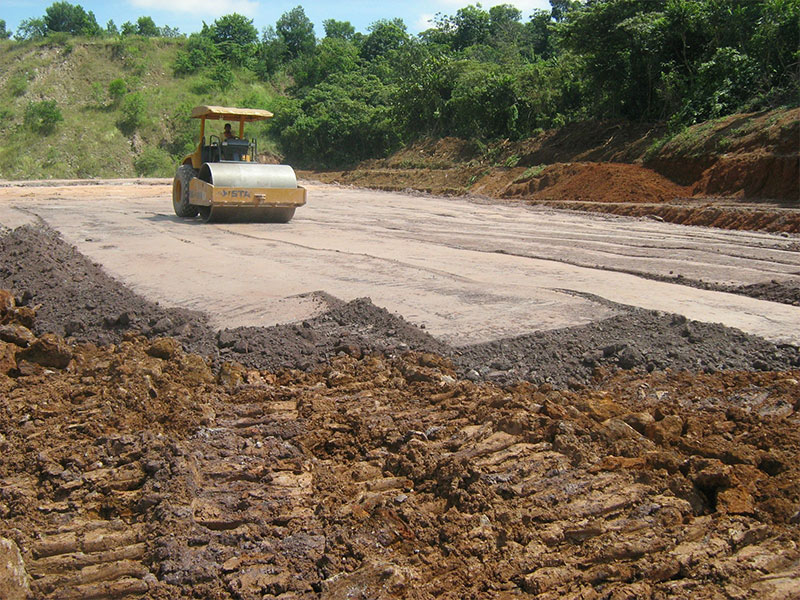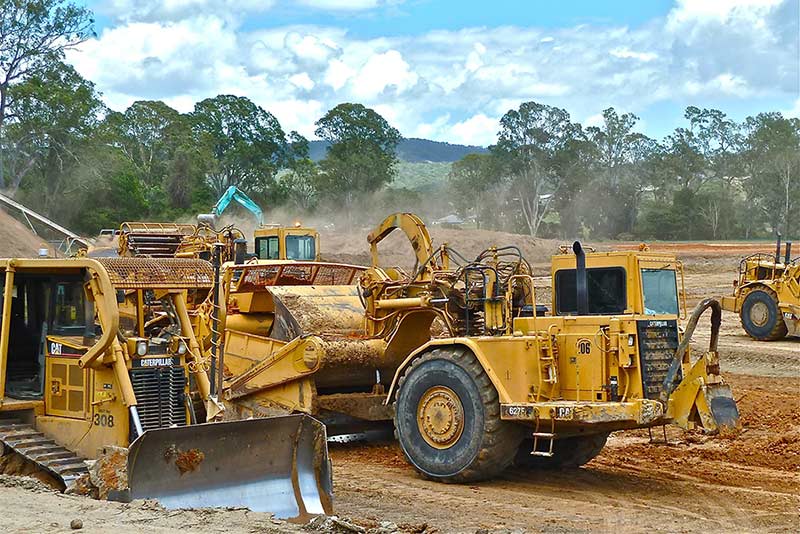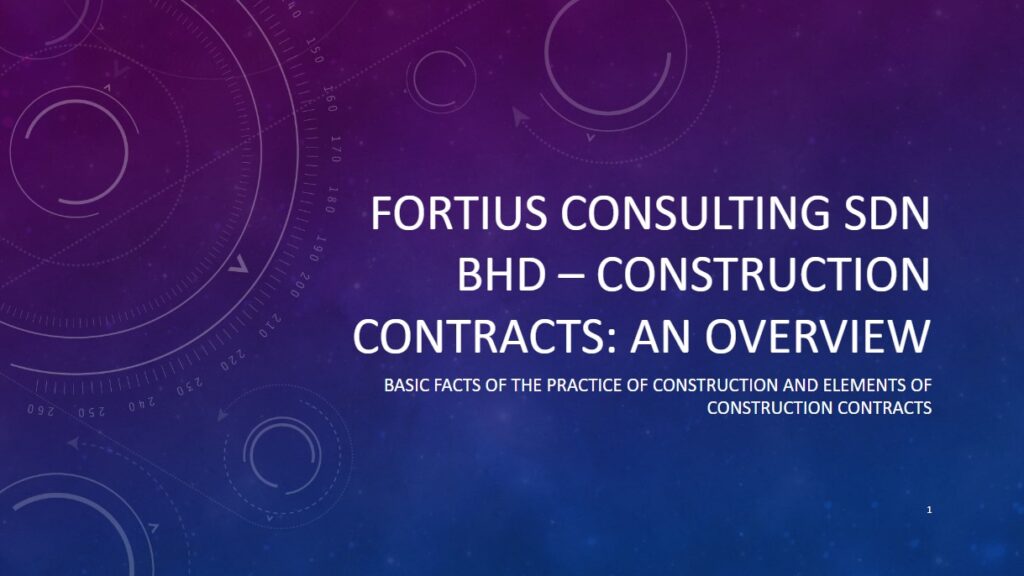case studies
At Fortius, we guide our clients throughout the entire process of a construction project.
These past case studies detail the circumstances of different issues we have dealt with at Fortius, for which our legal counsel experience in construction contracts resulted in a fair and positive outcome.
Contractual risk of contractor’s being unable to compact soil to required in specifications

A contract for the construction of an earth fill dam in an East Malaysian state required the soil to be compacted to a maximum dry density of 1.8T/m3. The contractor could compact the soil imported from the borrow pit provided by the client to a maximum dry density of only 1.65T/m3.
The client terminated the contract on the basis of this failure to achieve the required density.
Engineering knowledge of maximum dry density and knowledge of contractual obligations made an important fact clear. The contractor was not liable because the soil was from a borrow pit provided by the employer and hence the employer had to accept the consequence. This was the impossibility of the soil not reaching the specified maximum dry density.
Dispute duration of extension of time (“EOT”) approved as a result of previous contractor’s failure to complete floors at lift lobby area down to B4
This was for a contract where the contractor was supposed to commence construction of a high rise building commencing at B1. However the previous basement contractor had failed to complete the slabs at lift lobby area at B1 to B3 and this hindered the contractor from commencing critical erection of the tower crane immediately.
The EOT granted of 30 days did not accurately reflect the actual delay of 41 days. The architect rejected appeal for another 11 days’ EOT by questioning quantum of consequent delay at L3 which formed the basis of our comparison against the baseline programme.
Due to our knowledge of construction we were able to review the architect’s assertions based on photographs included in the relevant progress report and due to our fluency in presenting technical facts in words, we were able to tabulate and clearly present the fact that the longer delay did happen.

Application for EOT by earthworks contractor

We were consulted by a civil engineering consultant defending a claim for EOT by an earthworks contractor.
The extensive site was divided into Area A and Area B with an access road used by another contractor. The contractor was to move earth from Area A to Area B. The basis of the claim by the contractor is that due to use of road by the other contractor, the contractor could not move earth from Area A to Area B for about six months.
After studying the details, we realized that there was enough cut/fill within Area A and Area B for the contractor to carry out earthmoving at the rate equal to that planned and the excess earth would have needed to be moved from Area A to Area B only after the six months.
Accordingly the EOT application was rejected via our draft of the letter.

